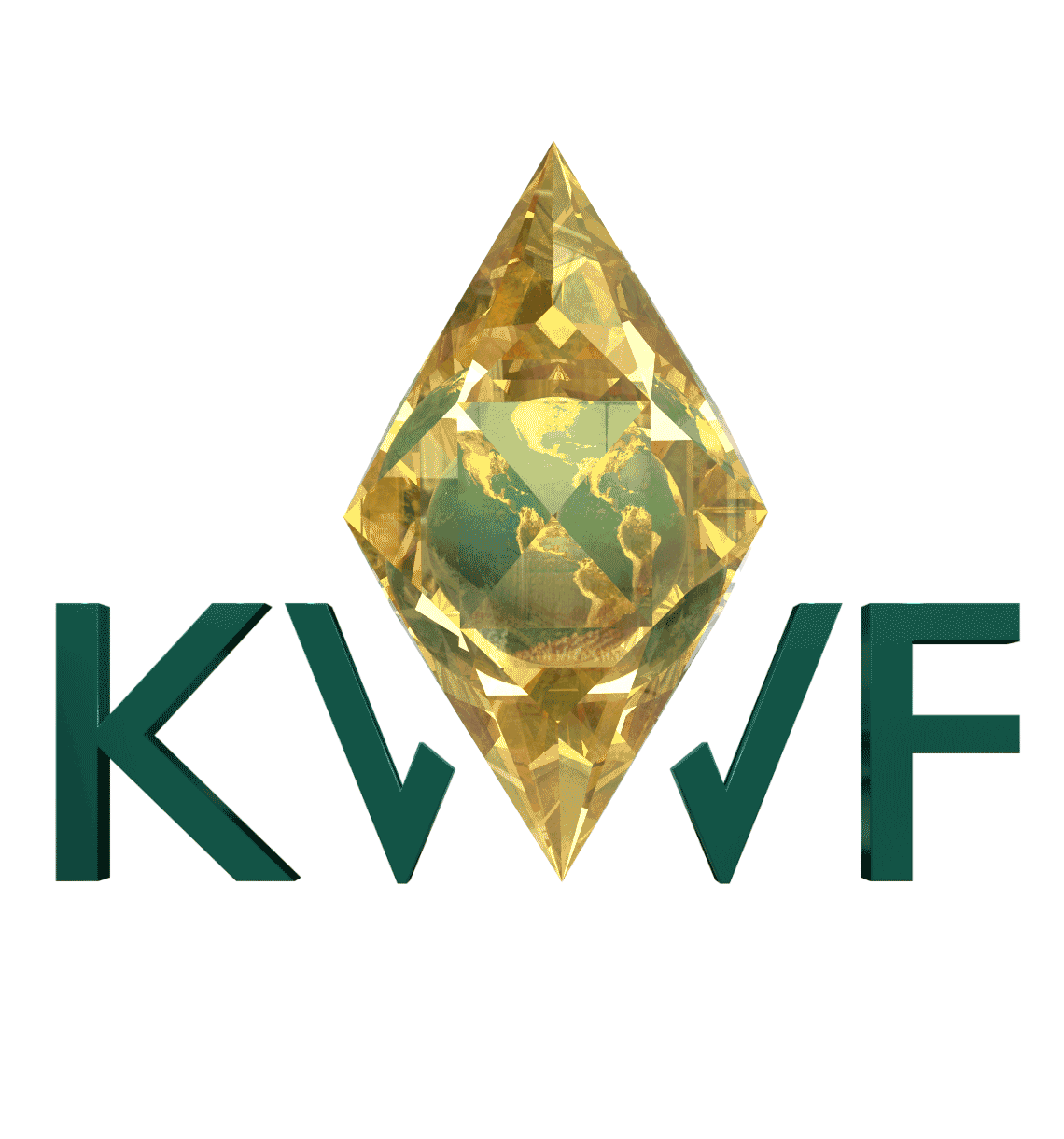White Gold Threatens Elephant Extinction
- Kashmir World Foundation

- Apr 5, 2016
- 2 min read

Photo by: David Hart, OutdoorChannel.com Article: Poaching Taking Heavy Toll on Elephants for their 'White Gold'
Kashmir Rose is the art history division of Kashmir World Foundation. Through the sale of Kashmir Rose products, KwF funds endangered species programs. When you know what you buy, you can help protect the species that are at the risk of extinction.
Prior to the invention of plastic, ivory from the tusks and teeth of mammoths, walruses, hippopotami, elephants, and many other mammals were used in everyday objects such as piano keys, billiard balls, and jewelry. Most ivory comes from African and Asian elephants, which are now threatened species. Their relatives, the Syrian and North African elephants, were poached to extinction by 100 BC. The possibility for African and Asian elephants to join their relatives in extinction is extreme. Lisa Jorgensen, Wildlife Researcher for Kashmir World Foundation, reported that their populations have been reduced by 90% in the past 50 years and “it has been projected that they will become extinct by 2025 if nothing is done to curb poaching.”

Even though national and international trade of ivory from elephants and other threatened species has been banned, illegal poaching still has a strong presence. The trade primarily occurs between African hunters and Asian countries using the ivory for alternative medicines and expensive jewelry. The rise of China’s middle class has stimulated this ivory market due to the increasing population of financially stable households. Jorgensen says the hunting of elephants for the ivory trade disrupts their intricate social structures, heightening “levels of stress, as well as chemical and hormonal imbalances… highest in groups lacking matriarchs and/or [those with] very few closely related members.”
While the illegal ivory trade may not occur in your country, it is still an important aspect of conservation that needs to be addressed. Opposing the poachers and consumers is a large scale problem but there are ways to fight the threat at home. Recognize that there are synthetic materials made to replace the use of ivory and support their use in the everyday objects that previously were made from tusks and teeth. Taking small measures to prevent the ivory trade may lead other people to do the same. This can create a world of change and help keep the animals affected by poaching safe.
References:
http://www.jewelrykingdomhawaii.com/media/catalog/product/cache/1/image/5e06319eda06f020e43594a9c230972d/i/v/ivory-ring-solitaire-3.jpg
http://www.kashmirworldfoundation.org/#!African-Elephant-Social-Structures-and-How-Its-Affected-by-Poaching/cian/206D87FE-E4C2-4191-954D-3B5E23613800
http://outdoorchannel.com/article.aspx?id=35051#sthash.KqN6W0ZX.dpuf





Comments